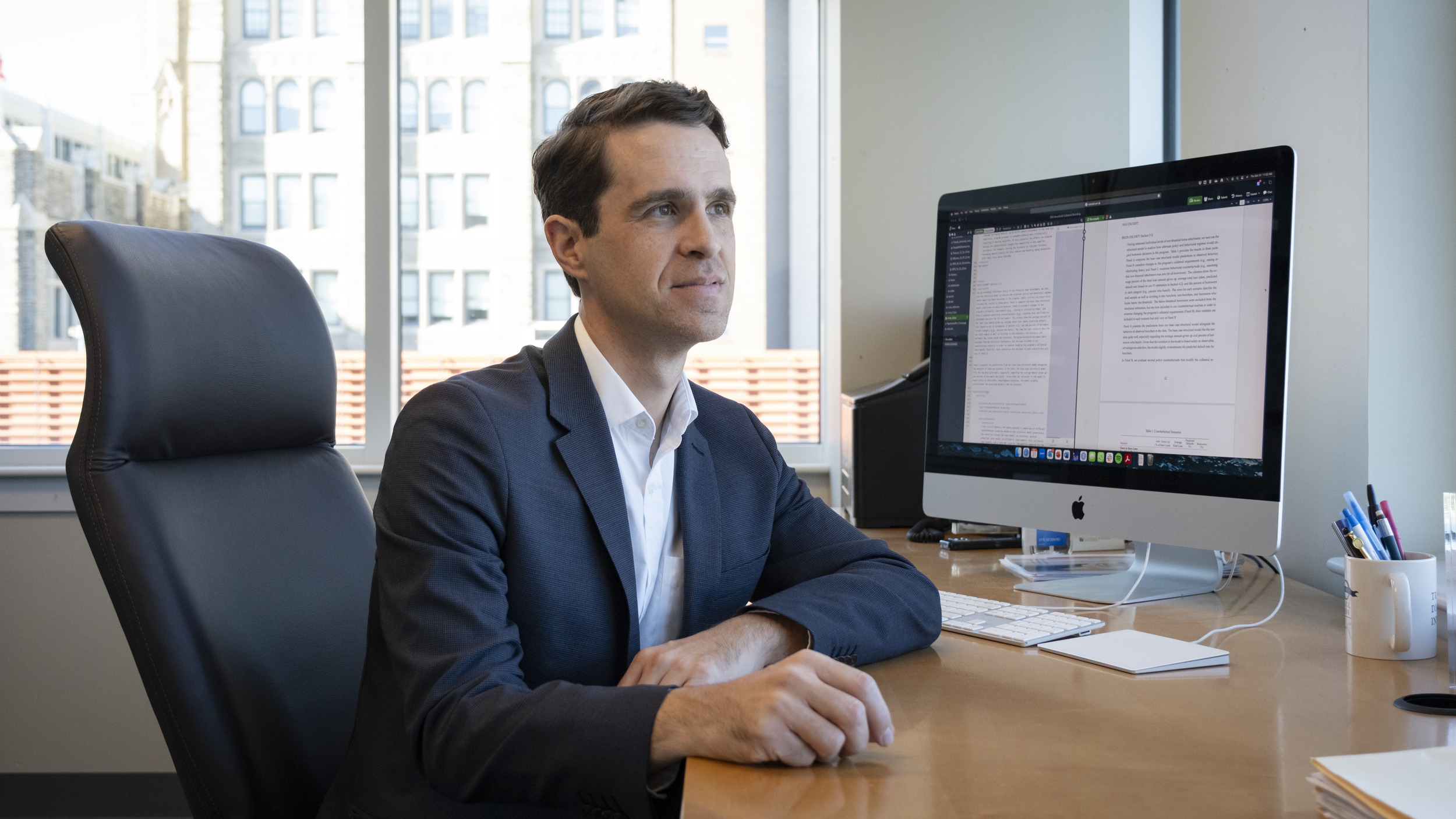Following natural disasters such as the recent Hurricane Helene in North Carolina, some homeowners and business owners rely on the federal disaster loan program to help them pick up the pieces and rebuild.
Benjamin Collier, associate professor in the Fox School’s Department of Risk, Actuarial Science and Legal Studies, co-authored a study which examines how interest rates affect disaster loan borrowing. The study, titled “A Demand Curve for Disaster Recovery Loans,” was published in Econometrica, an academic journal of economics.
Collier and Cameron Ellis, assistant professor of finance at the University of Iowa, analyzed how interest rates are impacting homeowners’ decision to borrow disaster loans. The analysis suggests maintaining low interest rates on disaster loans is important for increasing reinvestment in communities that are recovering from natural disasters such as hurricanes, floods and wildfires.
“To the extent that government wants to facilitate reinvestment through disaster recovery loans, maintaining low interest on those loans remains important,” Collier said.
The disaster loan program’s interest rates are updated quarterly.
The investigators compared applicants from 2005 through 2017 who experienced a natural disaster in the days just before versus the days after the rate adjustment, to examine how changes in the interest rate affect whether approved applicants accept the loan. Collier and the other investigators found that households are sensitive to the interest rates of disaster loans, even when they are well below the prevailing mortgage interest rate.
“Even when the rate is two or three percentage points below the prevailing rate, consumers are very sensitive to that change,” Collier said. “The interest rates are the key feature on whether individuals end up taking these loans.”
Collier said consumer concern about monthly payments is a key factor in consumers’ decisions about taking the loan. “If you look at applicants who already have large obligations in terms of their monthly payments relative to their income, those are the people who are less likely to take a loan. They have a stronger sensitivity to the interest rate,” he explained.
To understand households’ borrowing decisions, Collier and other researchers examined how demand for these loans varied among consumers with higher credit scores and lower credit scores. For instance, they found there was a great demand for these loans among those with lower credit scores.
“Think about somebody with a lower credit score as having less access to private credit, but maybe also less savings set aside,” Collier said. “Individuals who have access to credit can use credit for purchases and continue to maintain savings, and some of those options are less available to people who are living closely to the margin and are more likely to have credit delinquencies that affect their credit score. If you’re on that margin you’re typically setting less aside for a rainy day.”
This study coincides with Collier’s other working papers on disaster loans. He is currently studying how these loans are affecting the financial health of households and businesses in the years following a disaster.
“On the household side, we paired that application data with credit bureau data so we can follow over time these households after the disaster in terms of what is on their credit report, which includes things like personal bankruptcies, delinquencies and balances,” he said.
Overall, the researchers are finding that people who use these loans tend to be in better financial health. “These loans tend to reduce the likelihood that households experience personal bankruptcy in two or three years after the disaster,” Collier said.

